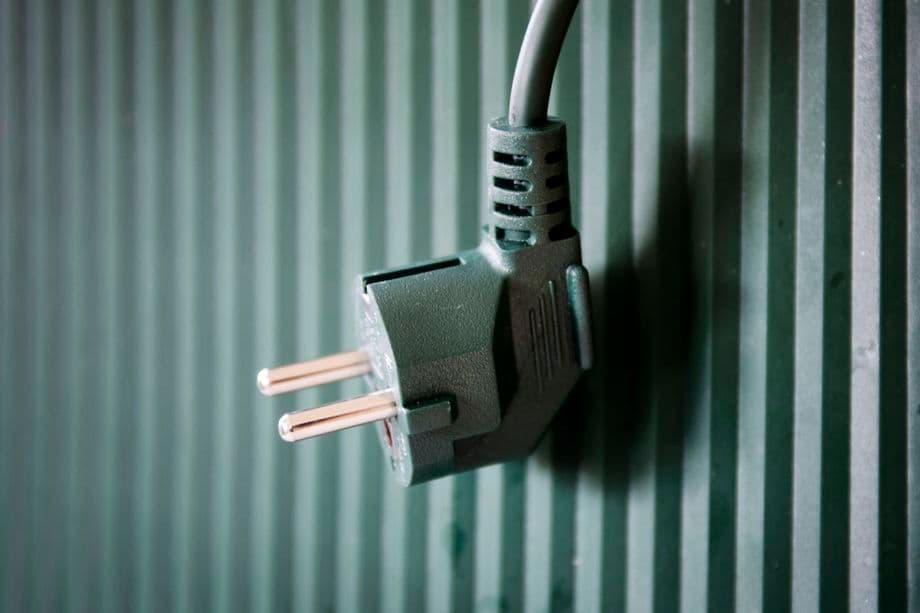The Consolidation Current: Oomi's Strategic Surge Reshapes Finland's Electricity Landscape
Explore Oomi's strategic ascent to Finnish energy dominance. This merger reshapes the power landscape, impacting market dynamics and consumer choice.
The New Power Nexus: Oomi's Unprecedented Scale
A seismic shift is underway in Finland's electricity retail sector as , a relatively young player founded in 2020, prepares to absorb 's electricity retail business. This strategic maneuver, pending approval from the , will catapult into an undisputed market leader. Currently serving over 500,000 customers, will see its customer base swell to an impressive 800,000 with the addition of 's nearly 350,000 accounts. This new scale will significantly outstrip competitors like and , each serving around 600,000 Finnish customers. The deal, a business transaction rather than a full company acquisition, involves 's parent company, (), becoming a shareholder in . While the precise transaction value remains undisclosed, CEO has hinted at a sum potentially reaching hundreds of millions of euros, underscoring the magnitude of this consolidation.
Beyond Acquisition: Lumme Energia's Strategic Evolution
For , this isn't simply an acquisition; it represents a significant strategic pivot, born from the harsh realities of a volatile energy market. The company recently reported losses exceeding five million euros, a stark contrast to its previous aggressive expansion strategy. Just last spring, CEO had publicly stated that continued electricity sales would necessitate doubling 's customer numbers, a challenging feat in a fiercely competitive landscape. This urgency likely stems from past missteps, most notably the ill-fated acquisition of in 2021. That deal resulted in a staggering 46 million euro loss, as found itself locked into fixed-price contracts during a period of skyrocketing wholesale electricity prices. By integrating its retail operations into and becoming a shareholder in the larger entity, is effectively transforming from an independent, struggling retailer into a strategic owner within a dominant market player. This move secures its future in the retail segment while mitigating direct market risks.
The Consumer Equation: Navigating a Consolidated Market
For the approximately 350,000 customers, the transition to , slated for January 1, 2026, promises to be seamless. The official communication assures that no action is required from their end; existing contracts and services will simply continue under the new umbrella. Even the brand will transfer to , though it remains undecided whether the combined entity will operate under one name or maintain both. While the immediate impact for consumers appears minimal, the broader implications of such significant market consolidation warrant closer examination. On one hand, larger entities like the new could potentially leverage economies of scale, leading to more competitive pricing or enhanced service offerings. However, a market with fewer, larger players could also raise concerns about reduced choice, less innovation driven by competition, and a potential for less flexible pricing structures over the long term. Striking the right balance between efficiency gains and maintaining a dynamic, consumer-centric market will be crucial.
Regulatory Scrutiny: The Gatekeepers of Competition
Such a monumental shift in market dynamics naturally draws the keen eye of regulatory bodies. The proposed merger between and 's retail business is not a done deal; it explicitly requires the approval of the . This requirement underscores the critical role that independent regulators play in safeguarding market fairness and preventing the emergence of monopolistic practices. The 's mandate is to ensure that consolidation doesn't unduly harm competition, stifle innovation, or disadvantage consumers through reduced choice or inflated prices. They will meticulously assess the market concentration, potential barriers to entry for new players, and the overall impact on the competitive landscape. The fact that is becoming a shareholder in , rather than being fully acquired, might present a nuanced case for the regulators, but their primary focus will remain on the competitive implications for the broader electricity retail market.

Finland's Energy Horizon: A Future of Integrated Giants?
The - consolidation is not an isolated incident but rather a potent symptom of a larger, accelerating trend within 's energy sector. As candidly observed, market consolidation is arguably the most significant transformation currently reshaping the industry, a development he expects to intensify. itself, established by a consortium of regional energy companies, exemplifies this drive towards creating larger, more resilient sales entities. While historically bucked this trend with its own series of acquisitions, its decision to now join forces with signals a strategic shift towards participating in, and even driving, this consolidation wave. The question now looms: is 's energy horizon destined to be dominated by a few integrated giants? Such a future could bring benefits like increased investment in renewables and grid modernization due to scale, but it also raises important considerations about market agility, diverse service offerings, and the long-term health of competition for Finnish households and businesses alike.
Related Articles

Beyond the Pulp Fiction: UPM's Strategic Cuts in a Shrinking Paper World

Beyond the Pulp Fiction: UPM's Strategic Cuts in a Shrinking Paper World

The Billion-Dollar Blind Spot: Peering Into the Shadows of Vitol's Global Empire

The Billion-Dollar Blind Spot: Peering Into the Shadows of Vitol's Global Empire

Beyond Darkness: Golestan's Strategic Shift Towards Renewable Energy Resilience

Beyond Darkness: Golestan's Strategic Shift Towards Renewable Energy Resilience

Powering Tomorrow: Enea's Strategic Win & Poland's Energy Evolution
